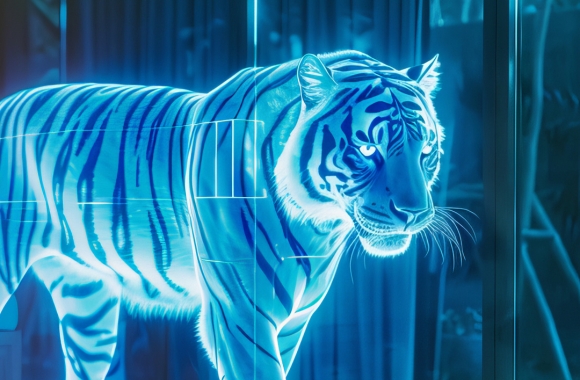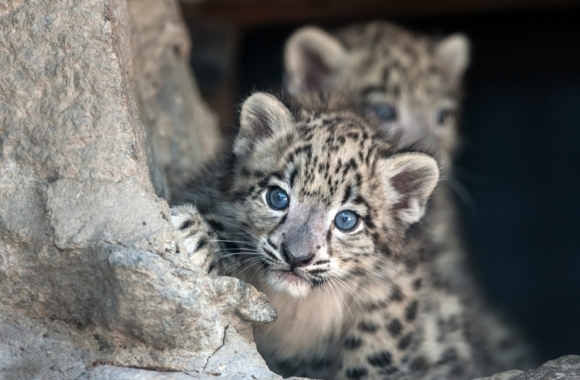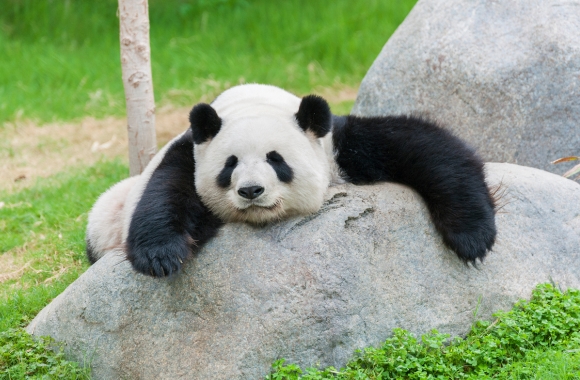“Some animals were handled roughly and treated aggressively by the facility’s owner and his partner. The owner told investigators that the best way to stop a monkey from biting was to gag her by shoving fingers down the animal’s throat. He also smacked one tiger on the face after the tiger bit him. His partner roughly handled infant monkeys.”
Born Free USA’s Report “A Life Sentence”
Forced Interactions between Animals and Humans
Captive exotic animals are often forced into unnatural and uncomfortable proximity to people, offering rides, being pet and touched, and posing for photos. For example, resorts in the Caribbean, Mexico, and parts of Asia advertise interactions with animals (and often charge significant sums). These animals endure cruel training, and sometimes drugging, to render them tame enough to interact with the humans. And, despite this brutal training, these animals – because they remain essentially “wild” – still pose a potential threat to public safety.
“One of the big monkeys jumped on my shoulder – I thought that was pretty cool. I gave the monkey the banana, and it started to eat it. Something dropped on my pants, I looked down, and the monkey freaked out and took a couple of big bites of my head… I had four injections into my scalp. The right side of my head was puffed up like a balloon.”
Australian Tourist bitten while feeding monkeys at tourist resort in Indonesia.
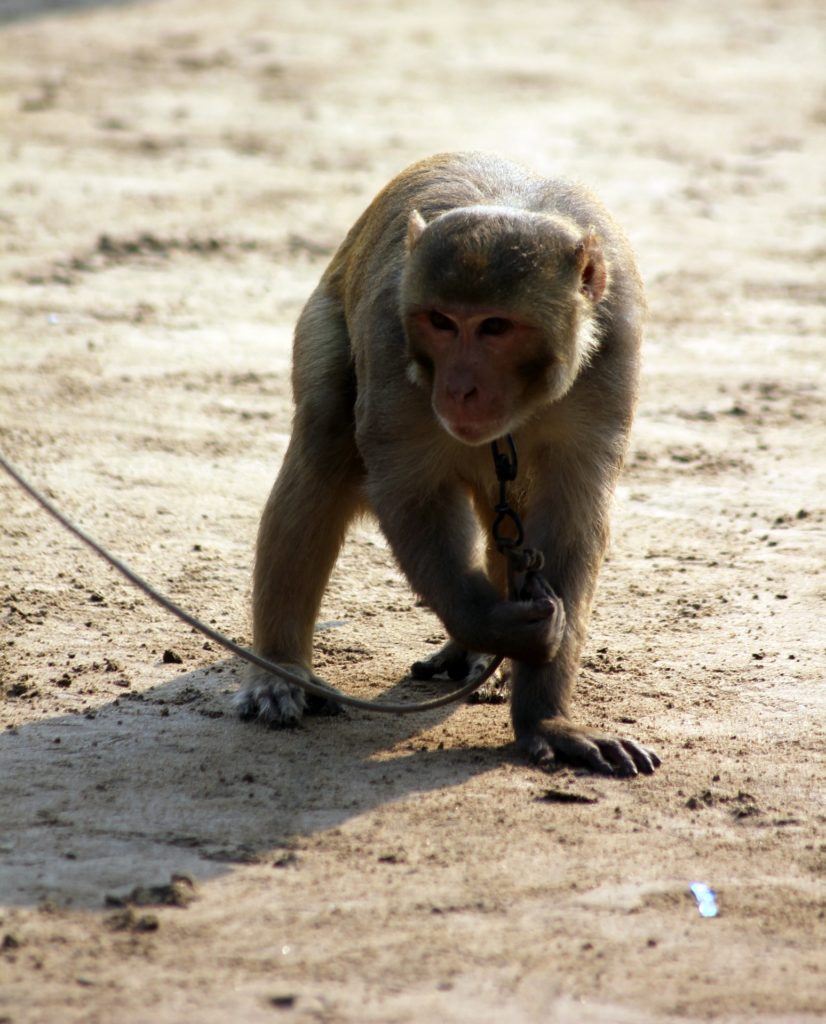
What’s wrong with exotic animal rides?
Animals are cruelly trained.
Elephants are one of the animals most commonly used for rides, and elephant rides are a popular offering at many tourist destinations and resorts around the world. In the U.S., many fairs and festivals feature elephant rides, too. The accepted standards in which these elephants are trained are often cruel: beatings with bullhooks and electrical prods to coerce them into submission. Studies have shown that elephants subjected to these cruel training methods could pose a significant public safety risk both to elephant keepers and to the general public due to frustration and stress.
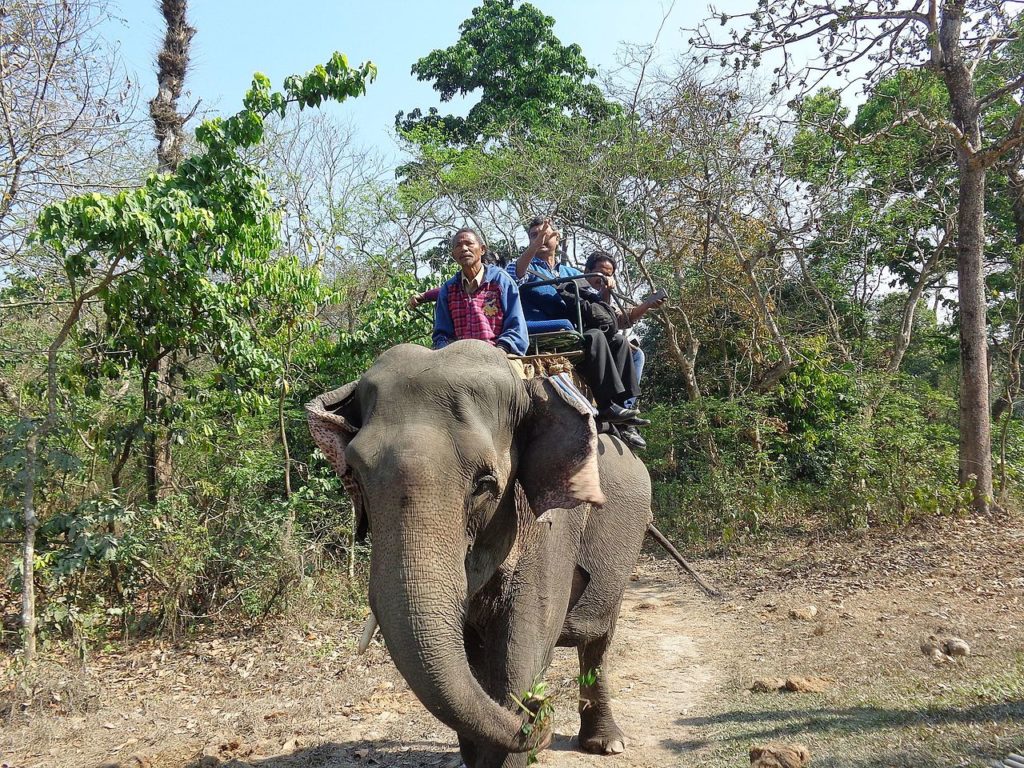
Inadequate care and conditions.
Elephants commonly found in these types of exhibits are often chained for long periods of time, kept in unnatural conditions, and are not met with their most basic social and physical needs. These animals are often forced to perform repetitive movements and many develop extreme stress and chronic and sometimes fatal foot and joint problems from being forced to live this way. A group of internationally recognized experts in elephant care, science, and conservation – including Born Free’s president – issued a statement condemning elephant rides, saying, “Given current knowledge, it is unjustifiable to use elephants for recreational rides, and it is wrong to allow elephants to suffer just so they can entertain us.”
Dangerous for people and animals.
There have been many documented incidents – as cataloged in Born Free USA’s Exotic Animal Incidents Database – of elephant keepers losing control of their animals with people (adults and children) on their backs, with tragic consequences. In addition, elephants can transmit diseases to humans, such as tuberculosis. For instance, an Asian elephant named Dondi, who was used to give rides at Southwick’s Zoo in Massachusetts, died of tuberculosis, which is transmissible to humans. Additionally, in Indiana, 15 children suffered bumps and scrapes when the elephant they were waiting to ride became startled and knocked down a scaffolding stairway on which they were standing.
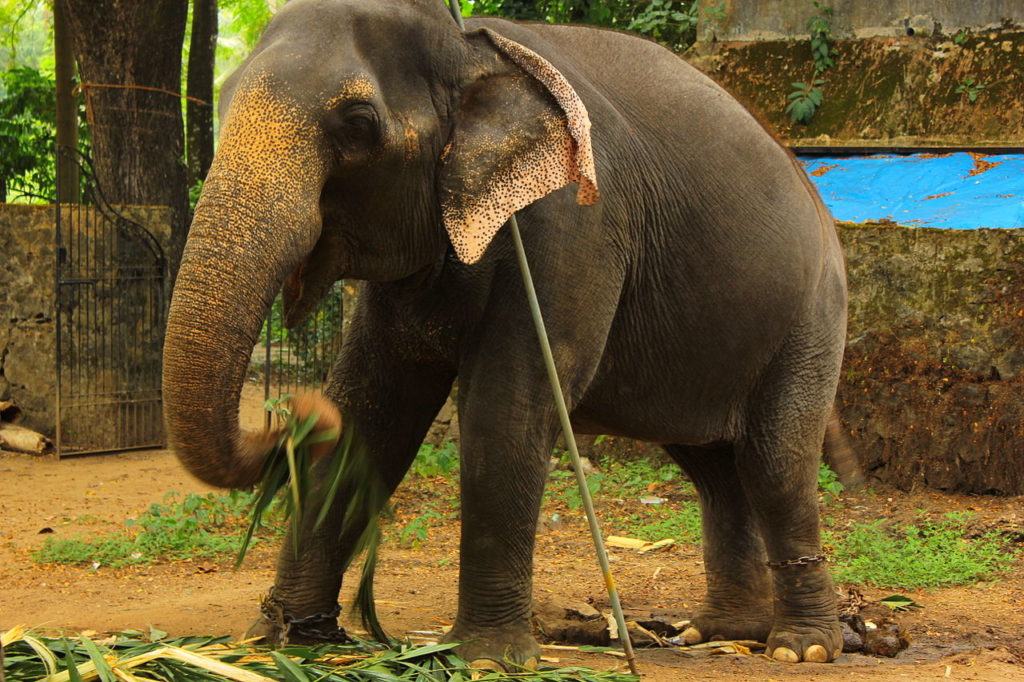
What’s wrong with taking photos with exotic animals?
Babies taken from mothers.
Because of their small size, ease of handling, and cute appearance, baby animals are commonly used for photo opportunities. This is especially the case with big cats. Lion and tiger cubs are taken from their mothers at a very young age and transported to different venues and events, where they are passed from person to person for pictures. Not only is this stressful for the young animals, being taken from their mothers robs them of the chance to learn important survival skills.
Adult animals are drugged.
When baby animals used for photo opportunities inevitably grow up and become too large, strong, and unpredictable to handle, they are commonly drugged in order to render them sedate enough to continue to be around humans.
It does not aid wildlife conservation.
Venues offering “close-up” wild animal encounters often claim that these activities aid in wildlife conservation efforts, duping people into thinking they are actually helping animals by petting them and taking photos with them. In truth, these venues are about entertainment and profit, not conservation.
Taking selfies with animals in the wild also is harmful.
In addition to planned photo events with captive wild animals, some people also choose to take “selfies” with wild animals, often roughly handling the animal and removing it from its natural habitat. The news abounds with stories of humans horribly injuring or inadvertently killing an animal in order to take a photo with it.
Dangerous for people and animals.
Whether taking a photo with a captive wild animal or an animal found in the wild, the situation in inherently dangerous for both the humans and the animals. Cruel training methods and sedatives might render wild animals “tame,” but those measures cannot domesticate them, a process which takes many hundreds or thousands of years. Therefore, wild animals remain unpredictable and liable to attack. Additionally, animals seen as a threat to public safety are routinely killed by law enforcement, meaning that humans’ lives are not the only ones at risk during these encounters.
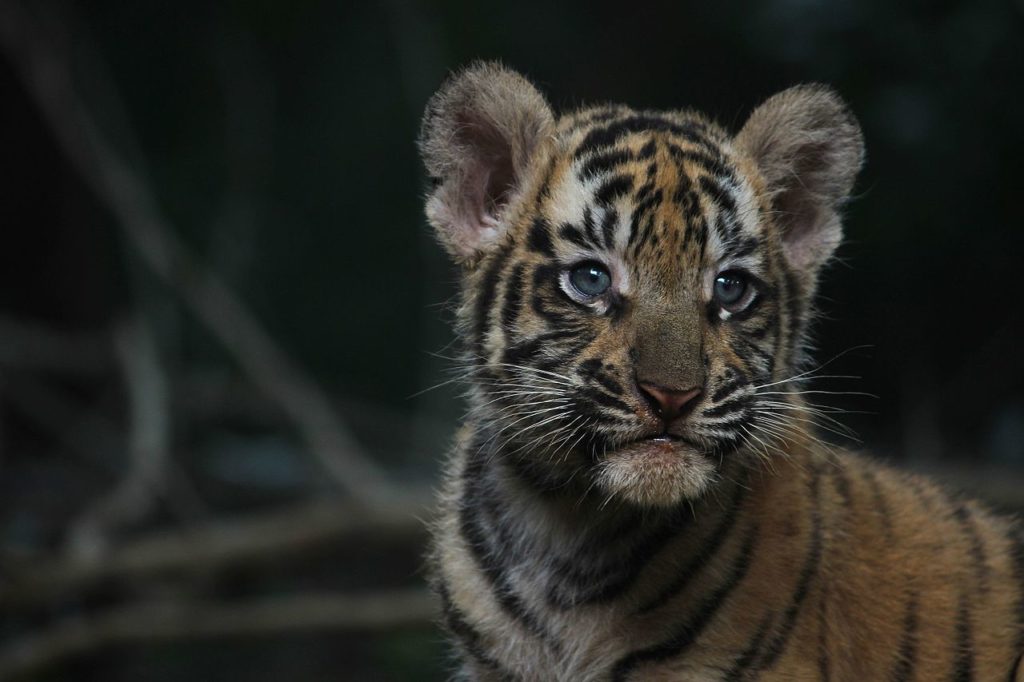
“I had no idea what a tiger selfie was. This is a serious issue. People who take selfies with wild animals are fooling with their lives. And it harms the animal because they’re generally not well-treated. They’re seen as profit-making props.”
Linda Rosenthal, New York State assemblywoman
Exotic Animals Incidents Database
Wild animals belong in the wild — not in the confinement of circuses, zoos, aquaria, backyards, or homes. In captivity, wild animals are not able to perform their natural behaviors and many lash out in frustration from psychological and physical deprivation. This situation is dangerous for animals and humans alike. Search our interactive database of attacks on humans, attacks on other animals, and escapes by exotic animals in the U.S.
SEARCH